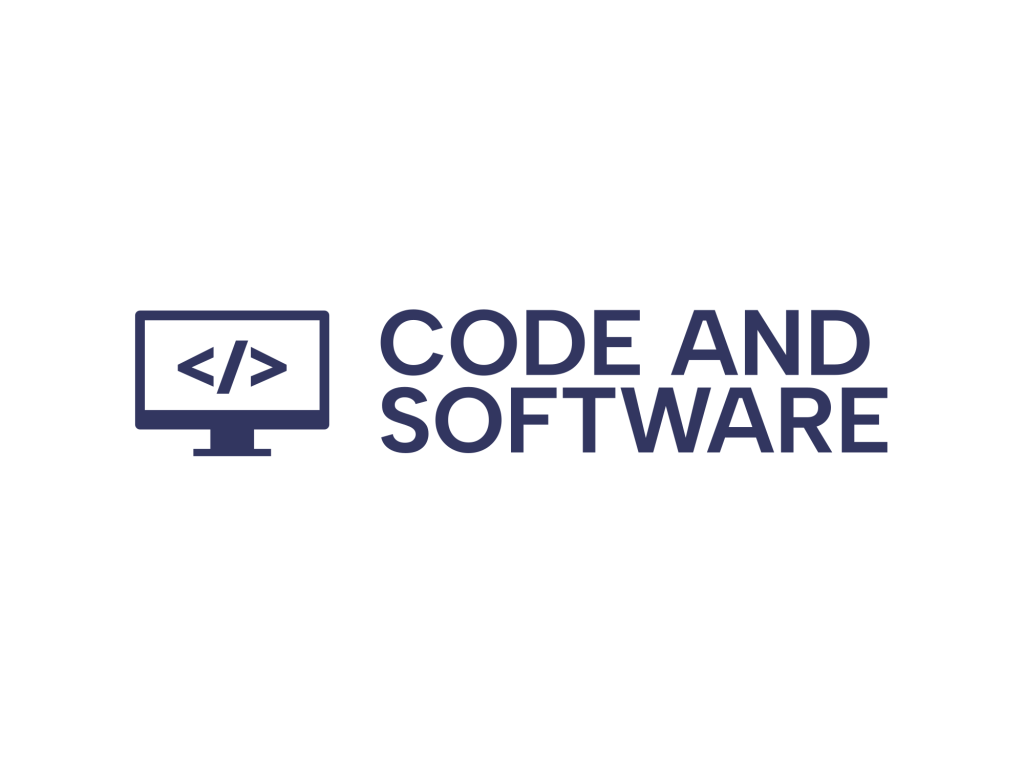Bringing a product to market requires more than meticulous engineering and functional design. A successful launch isn’t just about what the product does—it’s about the story it tells. In the competitive digital landscape, simply listing features isn’t enough. To captivate users, stakeholders, and the media, product teams must evolve from feature-based communication to compelling narrative-driven storytelling.
The Pitfall of Feature-First Launches
For many teams, the path of least resistance is a feature-first launch. This often means announcing what the product or feature does, how it’s built, and when it ships. While this provides clarity for internal technical teams, it often fails to offer meaningful value to end users or aligned departments like marketing and customer support.
For example, announcing that “Version 2.3 now offers inline editing with JSON schema validation” tells developers something useful, but to most users, this language is opaque and uninviting. A better, narrative-driven approach might be: “You can now make quick, mistake-free changes to your data directly on-screen—saving time and reducing errors.” This isn’t just semantic polish; it’s a shift in mindset.
What Is a Launch Narrative?
A launch narrative is the guiding story that helps users understand not how a product works, but why it matters. Effective narratives root the product in the context of the user’s life or work and clarify the problem being solved. They avoid jargon, and instead, highlight transformation, emotion, and benefit.
Your launch story should answer:
- Who is this for?
- What problem are they facing?
- How does this solve that problem?
- Why is it better than what they were doing before?
When these questions are answered clearly and concisely, the product isn’t just another update—it becomes part of the user’s journey toward progress.
Crafting the Narrative
To create a compelling launch narrative, product and marketing teams must collaborate closely from the very beginning of development—not just at the end. The process involves understanding the broader vision, aligning on messaging, and grounding every decision in user outcomes.
1. Understand the User’s Context
Without user empathy, even the most well-built features risk irrelevance. Begin with research: talk to customers, observe their workflows, and identify points of friction. The more you understand about what frustrates or delights your users, the more story-worthy your product becomes.
2. Define the Problem in Plain Terms
One key trait of a good launch story is relatability. State the problem your product solves in simple terms. This builds emotional buy-in and credibility. It’s not just “improving dashboard management”—it’s “helping project managers make decisions without drowning in spreadsheets.”
3. Illustrate the Transformation
Perhaps the most powerful narrative tool at your disposal is the before and after. Users want to know how your product will make their lives easier, faster, or more successful. Take them on that journey. Describe what their world looked like before your product, and what it will look like after.

4. Show, Don’t Just Tell
Use concrete examples, analogies, and visuals to make your message vivid. Rather than saying “new analytics tools improve tracking,” consider: “With the new insights panel, marketers finally have a clear view of which channels drive real conversions—in seconds, not hours.”
5. Adapt for Every Audience
Your narrative must be flexible enough to address different user perspectives. Executives care about business impact. Developers want efficient functionality. End users seek usability and delight. By tailoring the core story to each audience, you ensure your message doesn’t just land—it resonates.
Building Your Narrative Toolkit
To make storytelling a repeatable discipline, it helps to build a toolkit for your team. This can include:
- Messaging framework: Core positioning statements, value propositions, and user personas.
- Narrative matrix: Different storylines for varied audiences across platforms.
- Story assets: Before/after scenarios, testimonials, visuals, and demo scripts.
- Launch checklist: Ensure everything from documentation to customer onboarding aligns with the core story.
These resources act as a shared language across product, design, growth, and marketing teams. They help avoid silos and foster aligned storytelling for every feature release.
Case Studies: Launches Done Right
Many high-performing companies are shifting toward narrative-first launch strategies. Let’s look at two prominent examples:
1. Slack: Redefining Team Communication
Slack didn’t launch as “a messaging platform with organized channels and integrations.” Their narrative was clear from the start: “Be less busy.” That promise resonated deeply with overwhelmed teams. Every feature announcement, from Slack Connect to emoji reactions, flowed from the same mission: to simplify work communication.
2. Airbnb: More Than a Booking Engine
Airbnb consistently avoided technical release jargon in favor of human-centered storytelling. Instead of highlighting new features like advanced search or flexible dates, they emphasized experiences—”Feel at home, wherever you go.” This positioning transported users emotionally and encouraged deeper trust.

How to Train a Team for Narrative Thinking
Transforming from feature-thinkers to story-shapers takes time and cultural investment. Here are ways to nurture this evolution:
- Workshops & training: Host regular sessions on narrative frameworks and user empathy.
- Cross-functional reviews: Involve brand, UX, sales, and support teams in product launch planning.
- User storytelling sessions: Include real user feedback and case studies during team meetings.
- Celebrate storytelling wins: Acknowledge teammates who turn complex ideas into powerful user-centric stories.
In time, product managers, designers, and developers internalize that every line of code is part of a broader story being told to the world.
Why Story-Driven Launches Matter More Than Ever
In reality, buyers and users don’t remember features. They remember feelings. They remember how your product made them feel more capable, more creative, or more in control. A feature list explains functionality, but a narrative invites belief and loyalty.
As SaaS offerings and tech platforms become increasingly complex, story becomes the interpretor. It’s the translator that turns roadmap items into revenue drivers, and patch notes into moments of customer joy. The companies that win are those that inspire, not just inform.

Conclusion: From Features to Futures
Shifting from a feature-first mindset to narrative-forward storytelling isn’t just a marketing tactic—it’s a strategic necessity. It aligns internal teams, creates consistent messaging across channels, and, most importantly, resonates with your users on a human level.
Every launch is an opportunity not just to showcase what you’ve built, but to share the future you’re helping users achieve. By investing in narrative discipline, you transform your product releases from routine updates into cultural moments within your customers’ journeys.
Because in the end, no one remembers what your product did. They remember what it meant.

